
Types of Sunglasses
Learn the differences between the most popular types of sunglasses including aviator, browline, and more. Then find out which type will be best for you.

In 2024, sunglass trends for women range from reinvented cat-eyes to music-enhanced frames. Some may also embrace the fad of pink tinted sunglass frames.
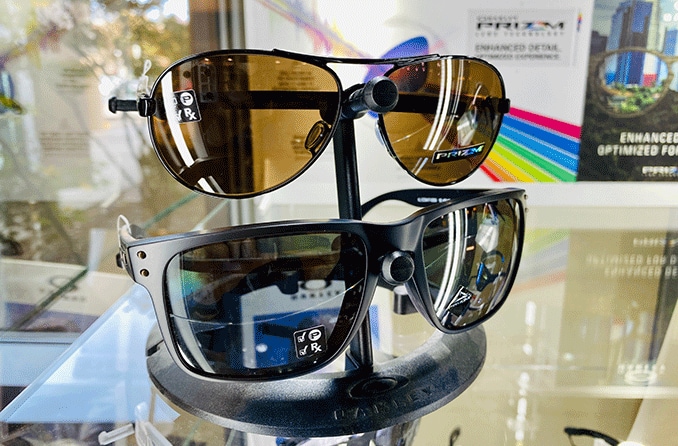
There's a pair of Oakleys for everything — find out which pair of Oakley sunglasses is the best option for your sport or activity.
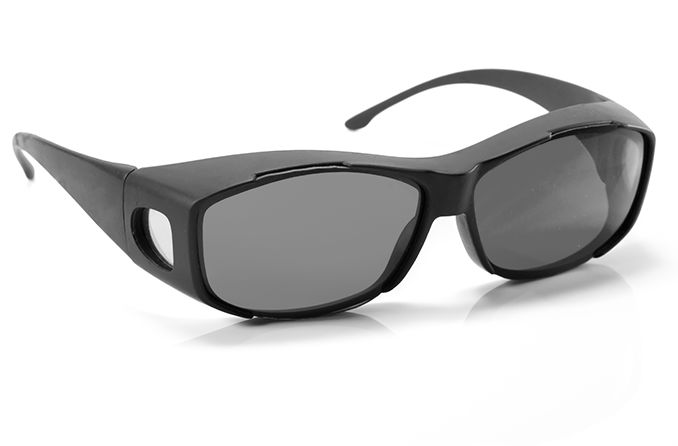
Fit-over sunglasses are worn over prescription glasses, block more sunlight than traditional sunglasses and offer an affordable alternative to prescription sunglasses.
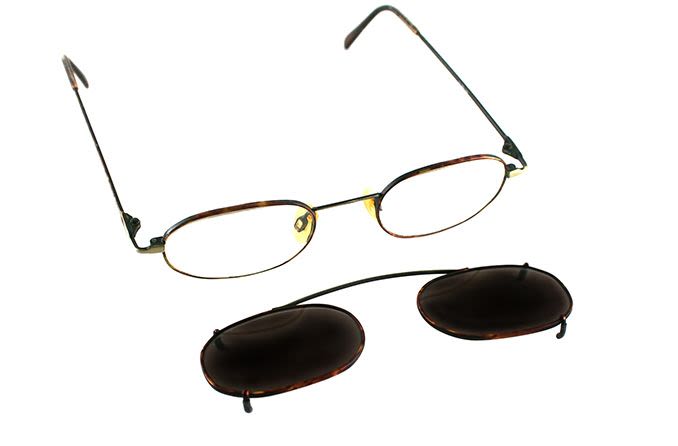
Consider clip-on sunglasses if you want to wear your glasses and shield from the sun. We’ll explore the best brands, available UV protection and best fit.

Stylish Coach sunglasses are a luxurious fashion accessory that perfectly complements any style while delivering complete UV protection.

Learn the history behind the Costa Del Mar brand, their best-selling styles for men and women, and where to buy Costa sunglasses.

Dolce & Gabbana’s luxurious and iconic sunglasses come in different shapes, sizes and colors, providing bold, stylish options for men and women.
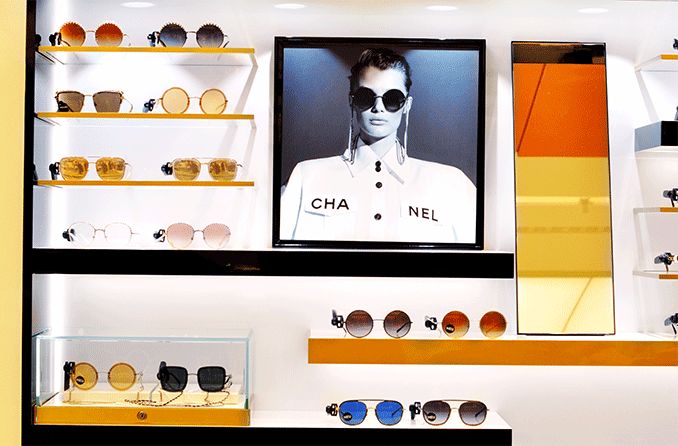
Chanel is a luxury fashion brand that designs simplistic and bold sunglasses. Learn the brand's history, popular styles and where to buy.

Get the history behind the classic aviator style, why they’re a celebrity favorite and how to choose a pair that works for you.

Foster Grant sunglasses combine affordability with trendy design and a history of movie star style, so you may want to buy more than one pair.

Oakley prescription glasses come in a variety of shapes and styles. Found at any quality eyeglasses store, Oakley offers something for everyone.
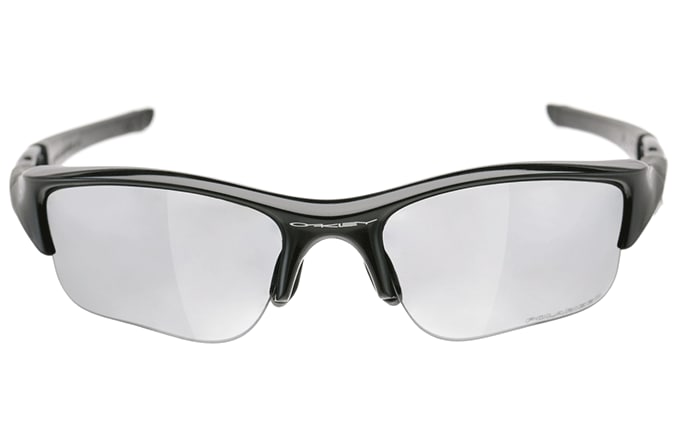
Learn the history behind Oakley sunglasses and popular styles for men and women. Plus, how Oakley is teaming up with the NFL.
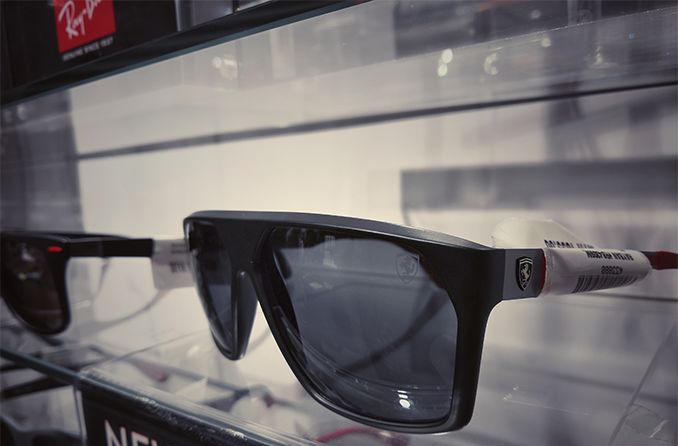
What happens when the world’s top sunglasses brand meets the most famous Italian sports car? Ray-Ban Ferrari sunglasses for men and women.

Try wearing different tints in sports sunglasses to enhance your athletic performance.

Round sunglasses have always been a staple in stylish eyewear, but this year’s trends bring new styles and sizes that are glamorous, classic and chic.
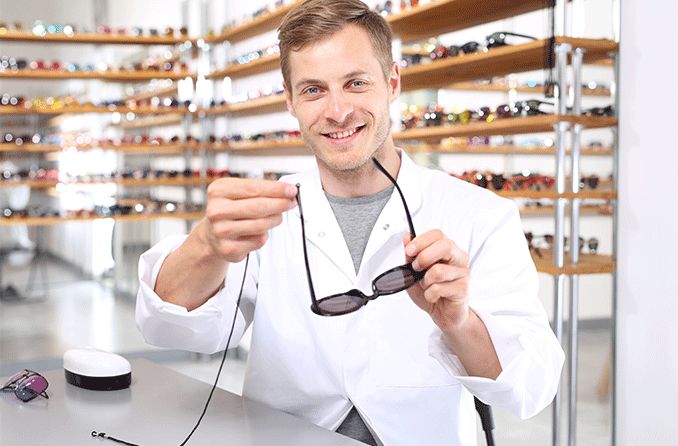
Rx sunglasses are simply sunglasses that have a lens prescription. Rx sunglasses can be affordable and protect eyes from harmful UV rays.
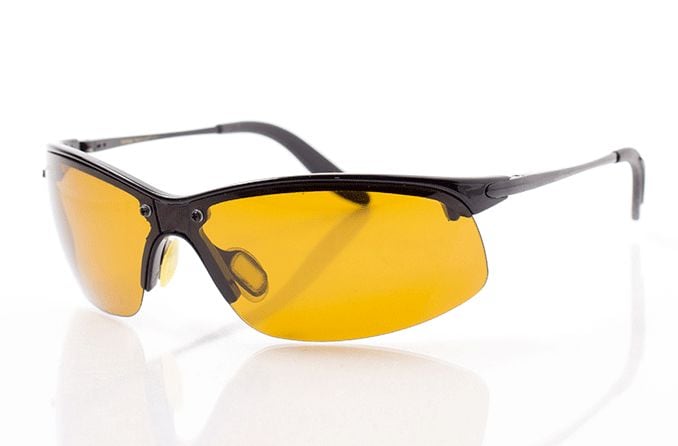
Tac Glasses by Bell + Howell are lightweight, polarized sunglasses that block glare from bright light and enhance colors to make it easier to see clearly.
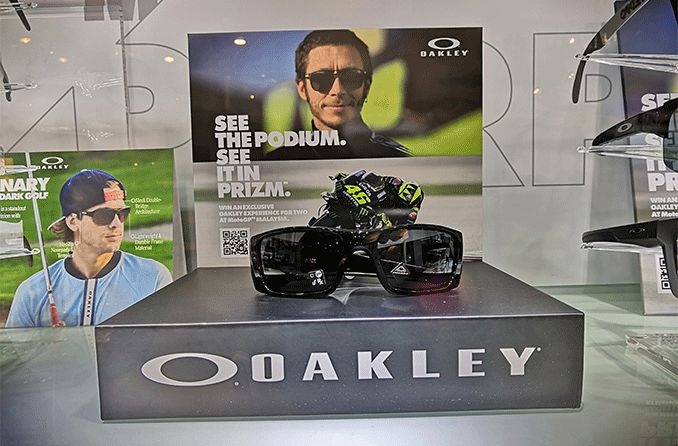
Oakley glasses are known for style, quality and lens technology. Favored by world-class athletes, they are an excellent choice for sports and everyday wear.

Top quality prescription sunglasses may be cheaper than you think; this guide tells you what features to look for and how to find great buys.
All About Vision and AllAboutVision.com are registered trademarks of AAV Media, LLC. © 2000-2025 AAV Media, LLC. The content on this site is for informational purposes only. All About Vision does not provide medical advice, diagnosis or treatment. Contact an eye doctor if you need medical attention.